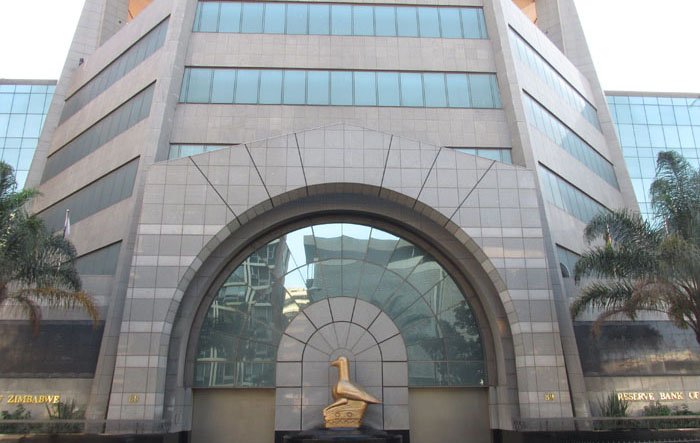Half-year bank loans jump 114pc
LOANS and advances from banks to various sectors of the economy increased by 114,46
percent to $1,29 trillion in the six months to December 31, 2022, recent statistics from
the Reserve Bank of Zimbabwe (RBZ) show.
A sharp increase in foreign currency account (FCA) balances in the banking system and
marked growth in external credit lines drove US dollar-denominated loans, which
accounted for 78,2 percent of total loans during the second half of the year.
“The increase was largely attributed to an increase in foreign currency-denominated
loans, leading to the increase in their proportion from 65,87 percent as at June 30, 2022
to 78,20 percent of total banking sector loans,” Dr Mangudya said.
As a result, the level of financial intermediation as measured by total loans to total
deposit ratio, improved from 52,83 percent recorded in June to 55,67 percent in
December 2022.
RBZ Governor Dr John Mangudya said in his 2023 monetary policy statement last
Thursday the foreign currency loans to foreign currency deposits ratio as at December 31,
2022 was 62,69 percent whilst the local currency loans to deposit ratio was 41,40 percent
as at the same reporting date.
Economist Tinevimbo Shava said, “It is a sign that the economy is actually growing
because the demand for credit and the willingness to lend is increasing.
This means the growth of the financial sector as well.”
According to Mr Shava the dynamics signal positive development because if the lending
is towards the productive sectors of the economy it strengthens the productive base of
the economy and thus growth and development in the country is enhanced.
Economic analyst Takudzwa Maradze said, “Such a position is a welcome one as
production is mostly financed by debt. Loans oil the economy and through this, we can
achieve more funds to invest in different sectors of the economy.”
Another economist Evelyn Chifamba said the basic explanation was that increased
lending implied increased investment, which increased gross domestic product (GDP) or
income.
Looking at it from an income point of view it means the more banks lend, the more
people spend and companies get more revenue.
The banking institutions continue to play an important role in supporting the productive
sectors which contribute towards economic recovery and growth.
In the period under review, the loans to the productive sectors constituted 78,45 percent
of total loans up from 71,12 percent reported as at June 30, 2022.
In the period under review, banking sector asset quality was satisfactory as nonperforming loans (NPLs) have remained stable at low levels.
“As at December 31, 2022, the average NPLs to total loans ratio for the banking sector
was 1,58 percent, comparing favourably with the generally accepted international
threshold of 5 percent,” the Governor said.
The trend in the level of NPLs ratios from December 2019 to December 2022, are
signifying the positive role played by the Zimbabwe Asset Management Company
(ZAMCO) and the improved credit risk management strategies being implemented by
banks to contain NPLs.-The Herald










